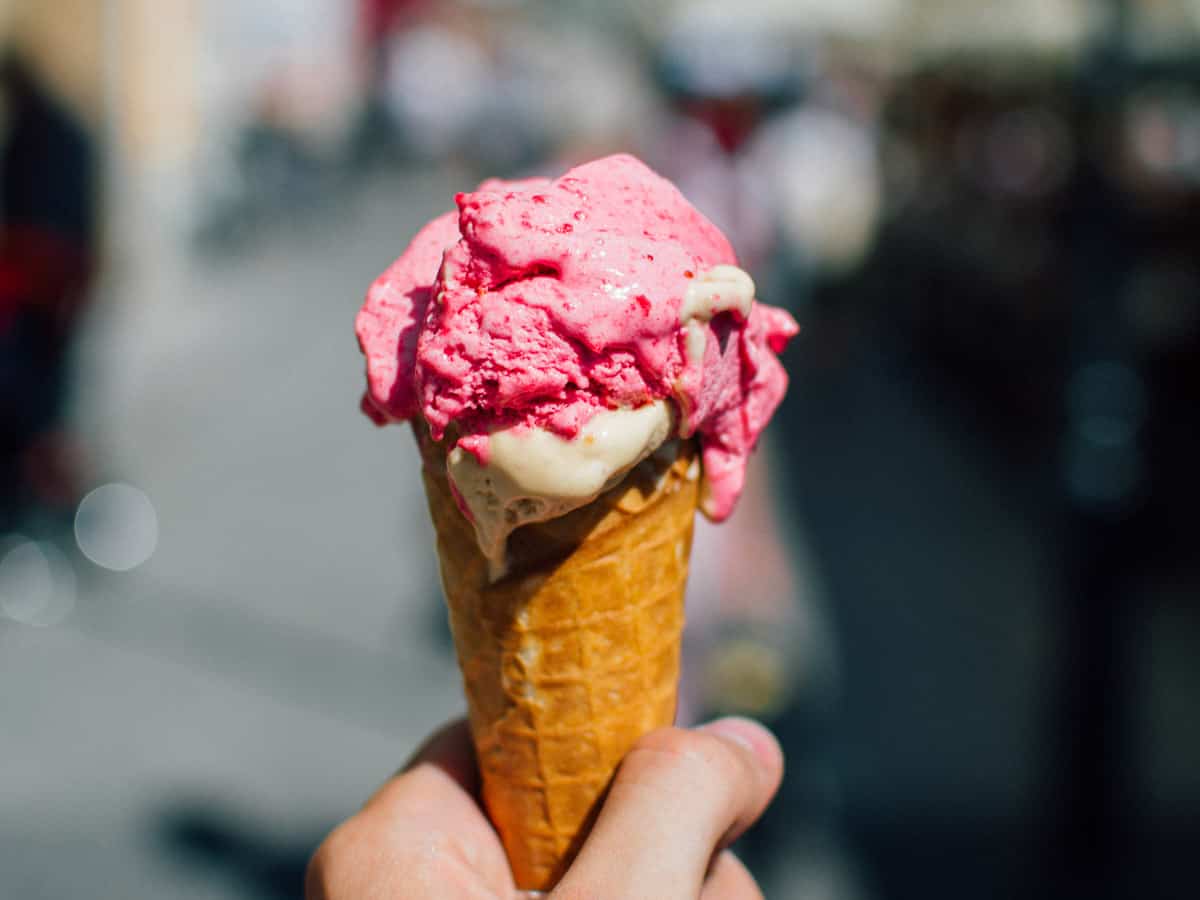
Summer is approaching and soon the ice cream parlours will do roaring business. Parents and their children will be making a beeline to these outlets to get a taste of their favourite flavour. This delicious dessert which is said to have originated in ancient Persia has now become the world’s best loved delicacy and is hugely popular all over the world.
It is said that when the famous Norwegian explorer Roald Amundsen went on his polar expeditions with his team, they made sure to carry several cartons of ice cream even though the temperature they would encounter would sometimes be 30 degrees below zero. During the second World War, ice cream manufacturers in the US shipped out 135 million tonne of ice cream to their troops fighting on different battlefields across the world.
In the USA there is even a National Ice Cream Month (July of every year) and a National Ice Cream Day which falls on the third Sunday of July every year. This was formally signed into public law by the ice cream loving President Ronald Reagan on 9th July, 1984. In India the national ice cream day is the third Sunday of July although this fact is not well known.
But who first thought of the idea of ice cream and where it was invented? The origins of this tasty sweet go back centuries. It is said that the first recorded reference to a sweet which was similar to our modern day ice cream was found in ancient Persia around 550 BCE. Reportedly ancient Chinese emperors also encouraged and patronised production of sweets similar to ice creams.
There are also reports that Alexander the Great enjoyed eating ice combined with fruit extracts during night long parties with his army officers. During the ancient Roman Empire, the emperor Nero used to send runners to bring back fresh snow from the highest mountain peaks so that he could eat it with a mix of fruits and juices. More than a thousand years after Nero, the traveller Marco Polo returned to Italy with ice-based sweet recipes from his travels in Asia.
Over the centuries, Chefs working in the kitchens of the Kings of Europe and Asia mixed and matched these recipes and came up with exquisite concoctions that were fitting for a royal repast. In the 1500s and 1600s, the Mughal emperors used relays of horsemen to bring ice in large quantities from the Himalaya Mountains to the capital in Delhi. The ice was then used for manufacturing kulfi. Since there were no refrigerators back then, the ice had to be stored in wooden boxes lined with straw to reduce heat absorption. But needless to say these delicacies were difficult to make and were so expensive that the common man of those days could not afford them.
A few centuries later, the process was simplified and production costs reduced. The first official reference to ice cream in the US can be found in a letter written in 1774 by a guest of William Bladen, the Governor of Maryland. On 12th May, 1777, an advertisement stating that ice cream was available for daily public consumption was published in the New York Gazette. President George Washington was reportedly a huge ice cream fan and spent up to 200 dollars every year on ice cream.
It was only in the 1900s that the trend of eating ice cream spread rapidly to every corner of the earth. The invention of electricity and its wide ranging uses including refrigeration also gave a big boost to the ice cream manufacturing industry. Specialists in each country tried to develop their own varieties to cater to the tastes of their own countrymen.
In Argentina there is the Helado ice cream which is quite similar to the Gelato invented in Italy. In China there are ice creams made from traditional Chinese flavours extracted from black sesame seeds and red beans. In Indonesia there are ice creams with flavours ranging from avocado, jackfruit, red beans and mung beans. While in the Philippines there is a variety with the strange name of Halo-Halo. Then there is a Turkish variation named Dondurma. It includes salep (made from tubers) and mastic (made from resin). In Syria the most popular variety is one named Booza.
But surprisingly it is a cold country like Norway which ranks first in ice cream consumption. According to market surveys, Norwegians eat 9.8 litres of ice cream per person every year. They are followed by Australians and then Swedes. Research has also shown that the most popular flavour in the world is the simple vanilla. Second is chocolate and third is coconut followed by strawberry. Unusual flavours such as bubble gum and pumpkin are also there in the top 20 list of favourite flavours.
As the summer temperatures soar, we can look forward to treating ourselves and our children to our favourite flavours. A bowl of ice cream has the ability to take us back to our childhood once again for a few minutes. But while the children can slurp away as much as they want, we adults must keep an eye on our waistline too.

